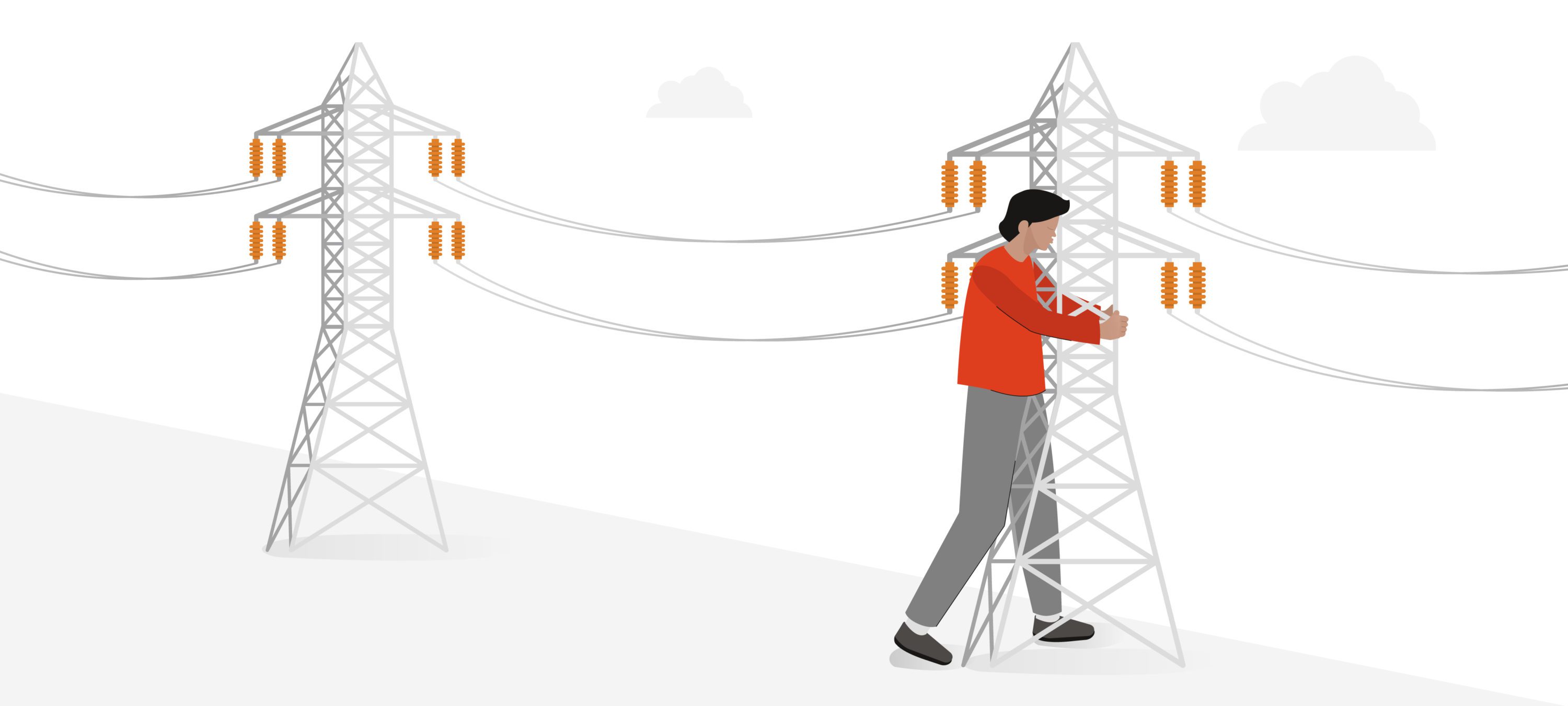CopernNet : Point Cloud Segmentation using ActiveSampling Transformers
In the dynamic field of railway maintenance, accurate data is critical. From ensuring the health of ...
Published on: February 25, 2020
Although preventive maintenance is becoming increasingly popular, asset-intensive industries still struggle to effectively transition from reactive maintenance and fixed maintenance intervals towards data-driven maintenance.

Why? Data-driven insights don’t come for free. Even though new AI-inspired technologies (data science, data analytics, machine learning) hold big promises, they don’t provide any real insights if there is no reliable data to start with.
To get the maximum value out of your assets, it is critical to have complete and correct information. We call this “asset intimacy”. To increase asset intimacy, asset managers often have to wade through mountains of analog and digital data. More than asset management experts, they need to be information experts in order to see the forest for the trees.
With data-driven asset management, you can plan maintenance when and where it is needed. High asset intimacy is a prerequisite of data-driven maintenance. With the rise of the industrial internet of things, asset-intensive organizations use sensors and intelligent maintenance software to collect data and to get smarter about their long-living assets. However, much of the information needed to do intelligent asset management resides in historical data.
One example of how to successfully approach this is Kapernikov’s work for Elia, Belgium’s electricity grid operator. To ensure reliable transmission of electricity, Elia has rolled out an extensive asset management program that includes the consolidation of data about the company’s assets that are scattered across various systems.
In the case of Elia, Kapernikov is doing everything that is needed to become more knowledgeable about the company’s pylones, or, in other words, to enhance Elia’s asset intimacy.
In a first phase, Kapernikov is continuously trying to retrieve data from a variety of analog and digital sources:
Sometimes, the obtained data is outdated and needs to be corrected. Such data cleansing campaigns for large-infrastructure organizations are just one of Kapernikov’s specialties. Campaigns like these show that it is not only critical to be an expert in data, but it also pays off to be able to speak the language of asset management very well and to get to know a company inside out.
After an intensive round of research into the company’s asset data, you can obtain a macro-view of the organization’s assets. This means that you have:
Sometimes, you will see clear information gaps in the macro-view. Missing original records, maintenance visits that have not been documented or data that has not been collected effectively in a specific location… If that is the case, a more detailed micro-view will be needed.
A micro-view is a more detailed inspection of a data set. For example, Kapernikov has been asked to process data about Elia’s infrastructure collected through automatic drone inspections. In the case of Elia, a micro-view consists of taking a detailed data sample of a particular overhead line.
Kapernikov can help to manage the entire micro-view process, going from inspection preparation (including risk analysis) to annotating and processing collected data. Whenever a micro-view reveals a problem, an audit for a larger data set can be ordered (in the case of Elia, the inspection of an entire overhead line).
Reliable data about history is what enables data analytics, data science and machine learning to upgrade your maintenance practice and gain in efficiency by data-driven maintenance. One thing is certain: getting more ‘intimate’ with your industrial assets is the first step to more efficient and cost-effective maintenance.
From picking the low-hanging fruit in a macro-view exercise to a more resource-intensive micro-view campaign, Kapernikov can do all that is necessary to get a clear overview of your assets. From collecting digital data to digging into old archives and surveying local experts, the work of our information experts is very broad.
Subscribe to our newsletter and stay up to date.
